Mastering the Art of Editing Styles for Effective Storytelling
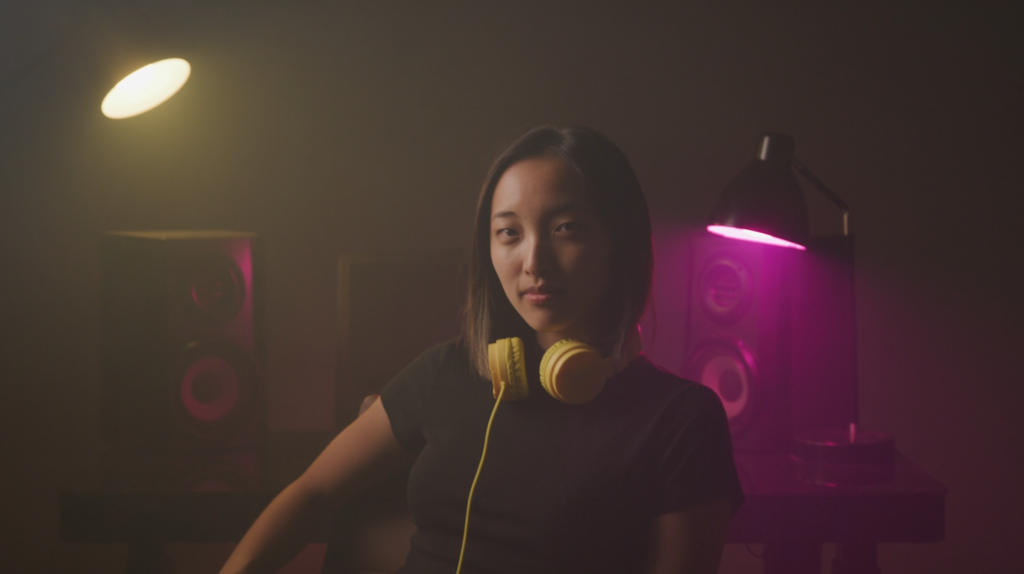
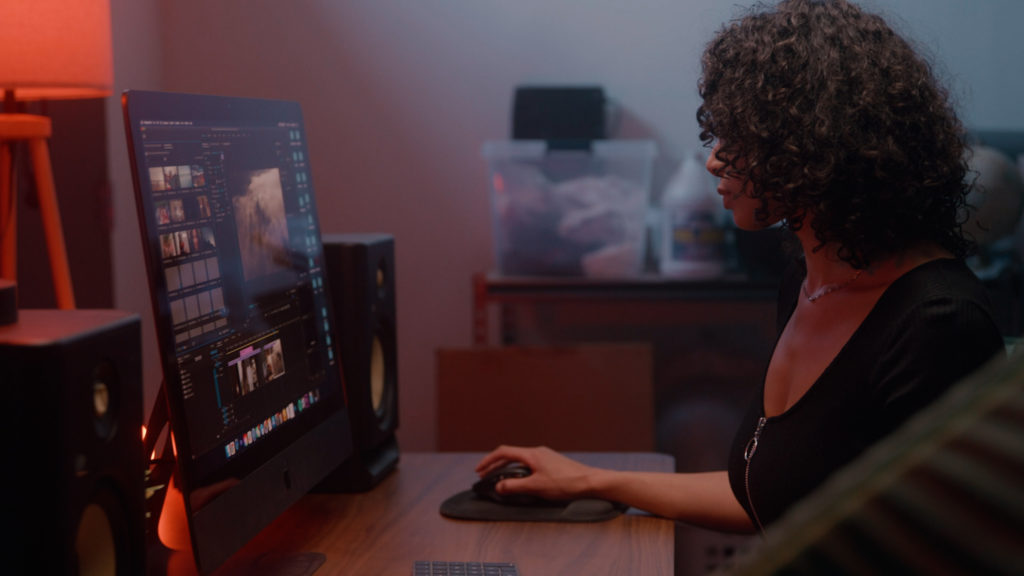
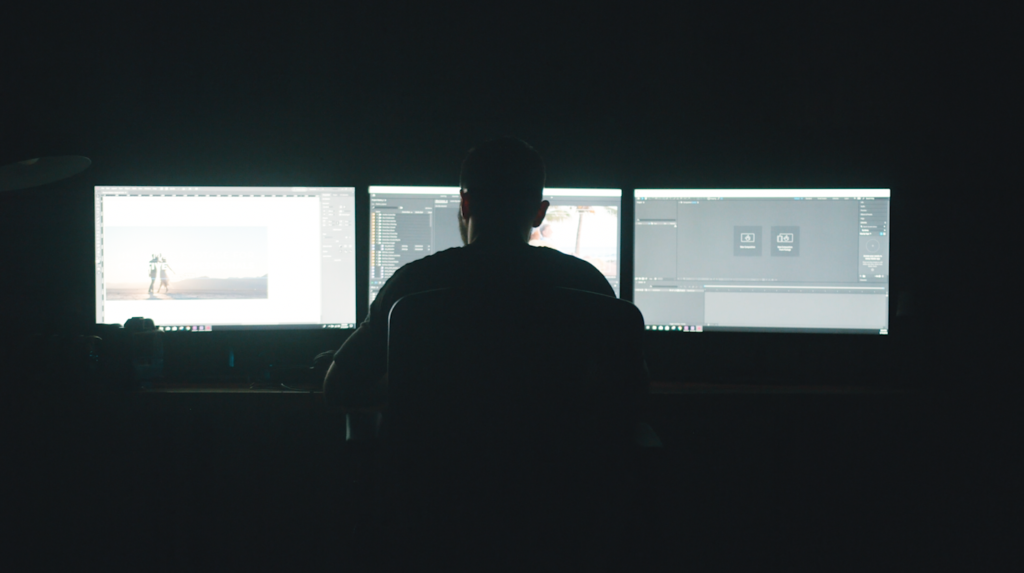
Effective editing is often at the heart of visual storytelling. These styles and techniques are not just a set of technical skills, but a way to convey emotions, build tension, and bring a narrative to life. This article is all about understanding and mastering these styles to enhance your storytelling, whether in film, video production, or photography.
Understanding the Impact of Editing Styles
The first step is grasping the immense power of editing. A unique editing style can set the tone of your piece, establish rhythm, and even alter the audience’s perception. For instance, a vibrant photo editing style can imbue a scene with energy and life, while a moody editing style might be used to evoke mystery or introspection.
Key Elements in Editing
- Pacing: The speed and rhythm of your edits can drastically affect how your story is received. Quick cuts might be used in action sequences to keep the adrenaline pumping, while longer takes can allow the viewer to soak in the details of a scene.
- Color Grading: This aspect of the photo editing process can dramatically change the mood. A high contrast editing style might be perfect for gritty, realistic narratives, while a softer editing style might suit more ethereal or romantic themes.
- Consistency: Maintaining a consistent editing style helps in creating a cohesive story. This doesn’t mean every shot must look the same, but there should be a harmonious balance.
Enhancing Image Quality through Editing
Editing software has become a crucial tool in enhancing image quality. Even the most basic editing can transform a dull, flat image into something that pops off the screen. In portrait photography, for example, even subtle edits can highlight the subject’s features, creating a more engaging and powerful image.

Developing Your Own Personal Style
Finding and refining your own personal style is crucial. This doesn’t happen overnight. Experiment with different editing styles to discover what resonates with you. Here are some popular photo editing styles to explore:
- Vibrant Editing Style: Emphasizes bold colors and high energy.
- Dark and Moody: Creates a somber, introspective atmosphere.
- Minimalist Editing: Focuses on simplicity and clean lines.
Retro/Vintage: Brings a nostalgic feel with aged colors and grain.
The Role of Video Editing Techniques
Video editing techniques play a crucial role in shaping the final product of any film or video project. Unlike static photo editing, video editing involves managing the flow and rhythm of moving images and sounds. Here are some key techniques:
- Cutting and Splicing: This fundamental technique is about knowing when and where to cut to maintain narrative flow. It’s the building block of any editing style, affecting the pacing and mood of the video.
- Color Correction and Grading: Similar to photo editing, color plays a vital role in video. It sets the tone and feel of your footage. Whether you’re aiming for a natural look or a stylized appearance, color grading can dramatically alter the visual narrative.
- Layering and Compositing: This involves combining multiple layers of footage, graphics, and effects to create a cohesive scene. It’s essential for adding depth and complexity to your videos.
- Sound Editing: Often overlooked, sound editing is as critical as visual editing. It includes selecting the right audio tracks, syncing dialogue, and using sound effects to enhance the storytelling.
- Transition Techniques: Transitions between scenes are more than just cuts and fades. They can be creatively used to indicate the passage of time, change in location, or a shift in narrative tone.
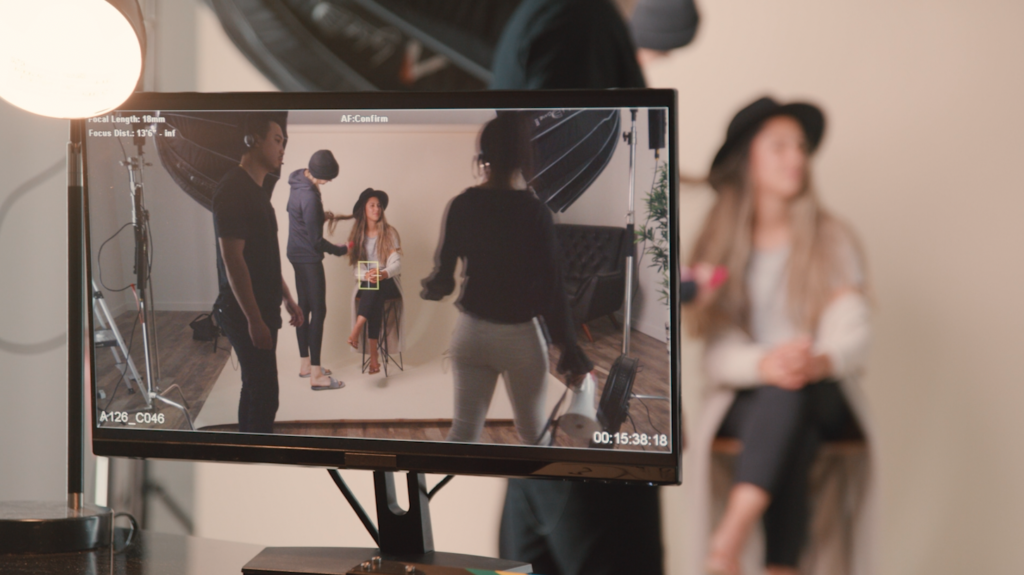
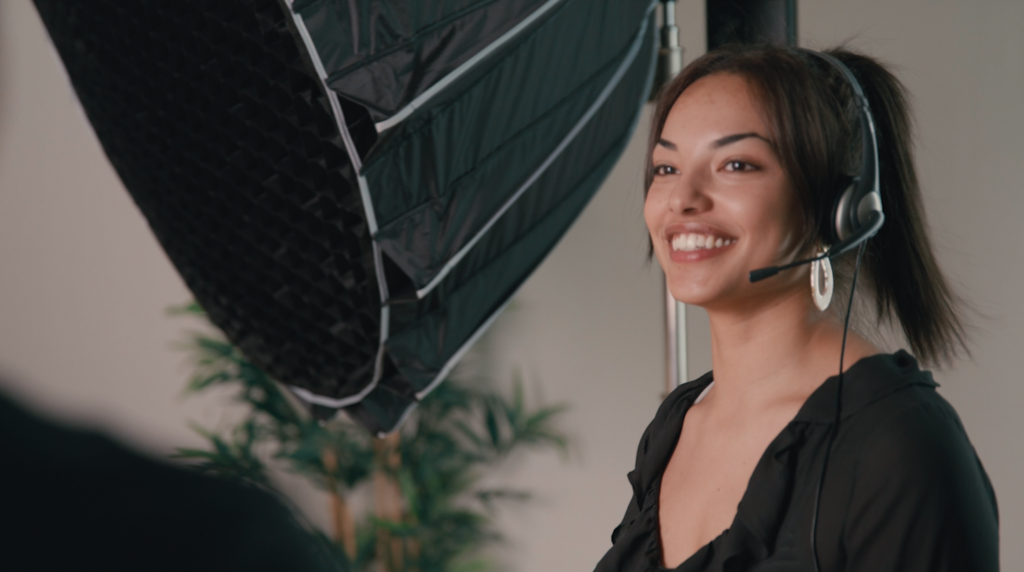
FAQs
How do I choose the right editing style for my film project?
Choosing the right editing style for your film project involves considering the genre, tone, and narrative of your story. For example, a fast-paced, dynamic editing style suits action sequences, while a more measured, contemplative style might be better for dramas. Watch various films to understand how different styles affect storytelling, and don’t be afraid to experiment to find what best serves your narrative.
Can you recommend any beginner-friendly video editing software to experiment with different editing styles?
For beginners, software like Adobe Premiere Pro, Final Cut Pro, and DaVinci Resolve are great for experimenting with different editing styles. These platforms offer a wide range of tools for cutting, splicing, color grading, and adding effects, making them suitable for various editing techniques. Many of these programs also come with tutorials to help beginners get started.
How important is sound editing in defining the editing style of a film?
Sound editing is incredibly important in defining the editing style of a film. It’s not just about the dialogue or music but also the ambient sounds and sound effects. The way these elements are integrated can dramatically change the mood and pace of a film. For instance, a suspenseful film might use sound editing to build tension, while a documentary might use it to enhance realism. Sound editing should always complement and enhance the visual editing style of your film.
What are some common mistakes to avoid when developing a video editing style?
Common mistakes include overusing transitions and effects, ignoring the rhythm and pacing, and not aligning the editing style with the narrative’s tone. It’s important to remember that editing should enhance the story, not distract from it. Also, ensure that your editing decisions, such as cut timing and transition choices, are motivated by the story rather than just aesthetics.
How can experimenting with different editing styles improve my skills as a video editor?
Experimenting with different editing styles broadens your understanding of narrative flow and visual storytelling. It helps you learn how to manipulate pacing, mood, and viewer engagement. Trying out various styles also improves your adaptability and creativity, making you more versatile and skilled in tackling a range of different projects.
Is it better to specialize in one editing style or be versatile in many?
This depends on your career goals. Specializing in one style can make you an expert in a particular niche, which is valuable for certain types of projects or genres. However, being versatile in many styles makes you adaptable and suitable for a wider range of projects. It’s often beneficial to have a signature style but also possess the ability to adapt to the needs of different projects.
What role does pacing play in video editing, and how can I master it?
Pacing is vital in maintaining viewer interest and conveying the narrative effectively. It involves the timing of cuts, transitions, and the duration of scenes. To master pacing, observe how different films handle it, especially in genres similar to your work. Practice by editing the same footage in different ways to see how pacing changes the narrative’s feel. Being attentive to how your edits affect the overall flow of the narrative is key to mastering pacing.

Final Thoughts
Mastering various editing styles is a continuous process that demands creativity, technical skills, and an understanding of narrative. By honing these skills, you can significantly elevate your storytelling, ensuring that your work not only captures attention but also leaves a lasting impact. Remember, the way you edit can tell as much of a story as the content itself.


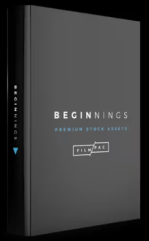
 Filmpac is a premium stock footage + music membership library.
Filmpac is a premium stock footage + music membership library.